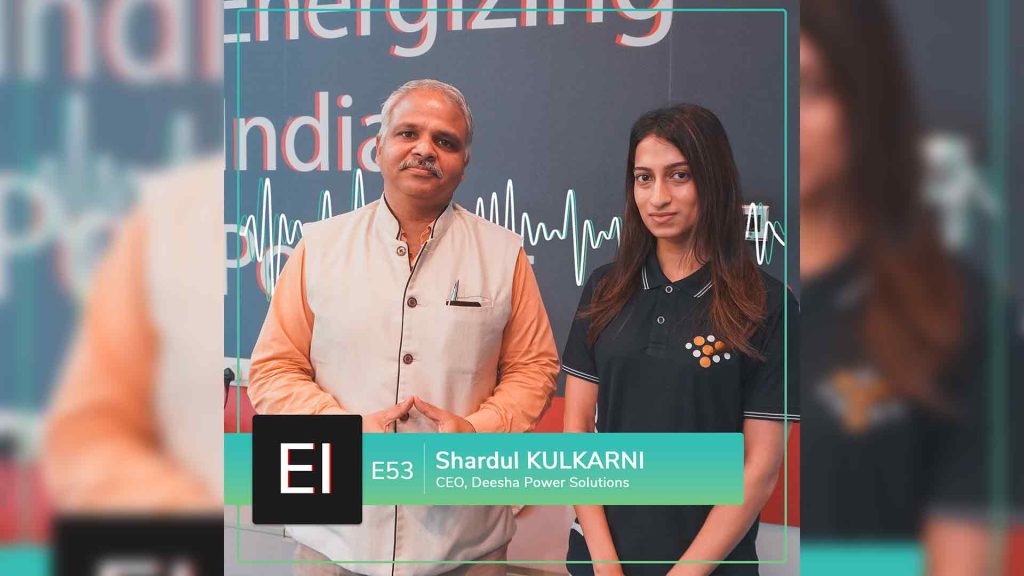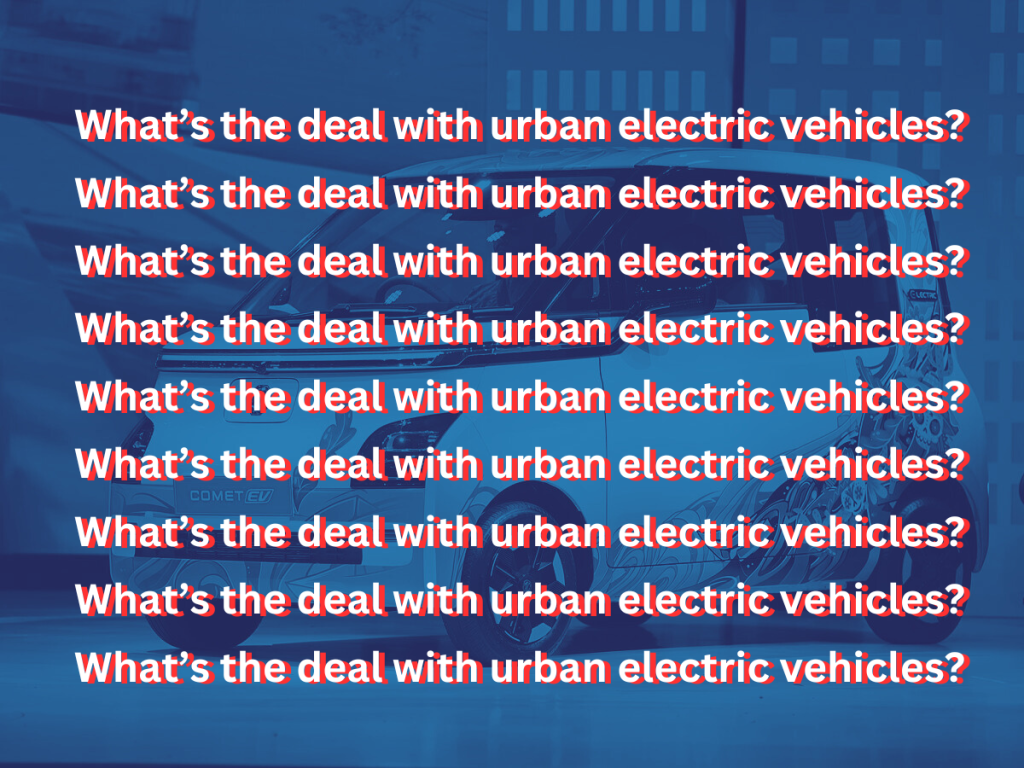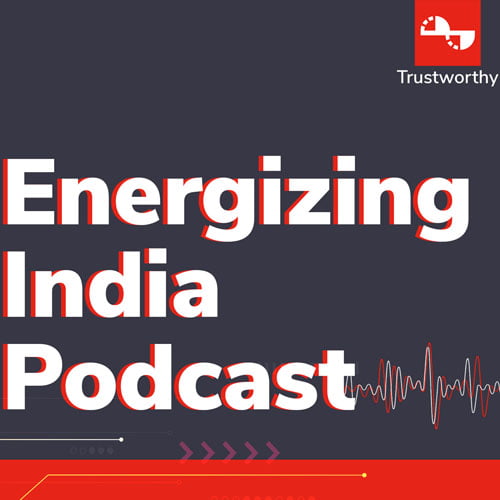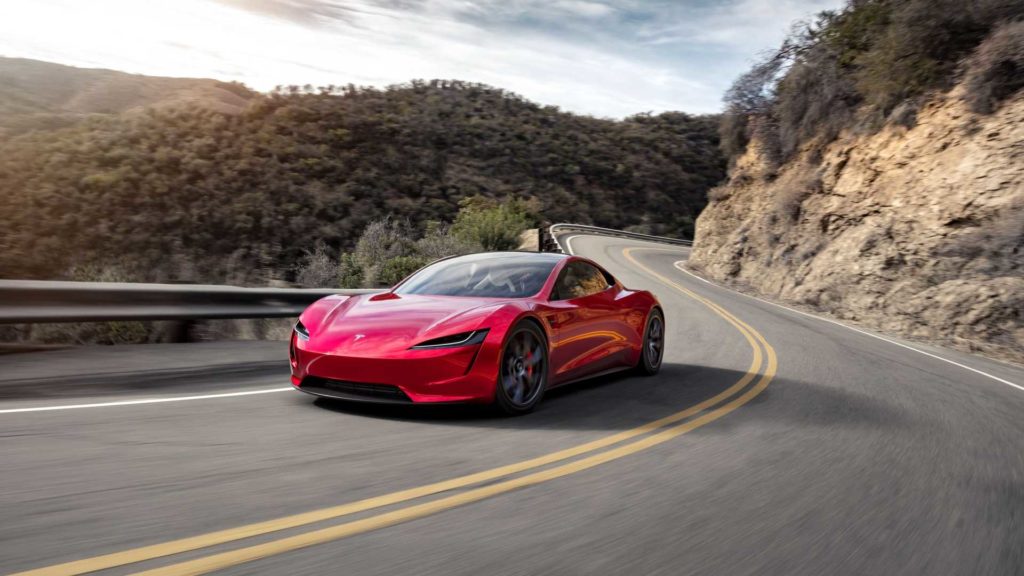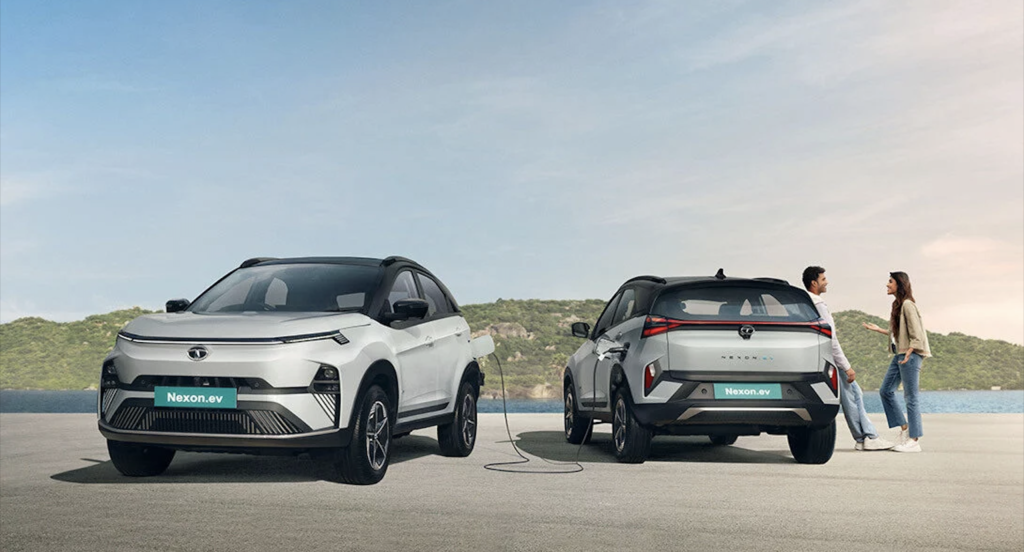With the increasing population in India, it has become evident that it will soon overtake China in terms of population density. As the population is increasing, urban areas are being affected the most, and with this, facilities like employment opportunities, resources, traffic congestion, education, etc., need to be taken care of. In order to make these facilities accessible to all and to make this process convenient, there is a need for efficient and sustainable mobility across urban areas.
India’s urban landscapes are characterized by high population densities, giving rise to challenges such as traffic congestion, frustrating delays, and gridlocked roads. This has become a hot topic that may affect the country’s economy in the near future. Tackling these issues and ensuring smooth transportation for all becomes paramount. By offering accessible and reliable transportation options, cities can foster enhanced connectivity, reduced travel times, and increased productivity, benefiting both residents and businesses.
India, along with many other countries, can learn from Japan’s example of sustainable urban mobility for a greener and better future. Outside of China, Japan has emerged as a global leader in revolutionizing urban transportation, particularly through its promotion of electric vehicles (EVs). The government’s proactive policies, including subsidies and tax incentives, have significantly accelerated the adoption of EVs. Collaborations between automakers and energy companies have resulted in the integration of EV charging infrastructure with renewable energy sources, further enhancing sustainability. Japan’s comprehensive charging infrastructure network and vehicle-to-grid (V2G) technology showcase the nation’s commitment to sustainable urban mobility, setting an example for other countries to follow.
Well there were few notable attempts few years ago to bring this concept to India with companies like Tata launching the famous Nano or the Mahindra Reva but it never took on a the heights that we all thought. But after many years many believe that with the advent of better EV technology India is primed to adopt to these practical urban vehicles, a range of startups and companies, such as Vayve Mobility, Strom Motors, MG Motors, Audi, Mahindra & Mahindra, Hyundai, and others, are actively working on developing innovative solutions to revolutionize urban mobility in India.
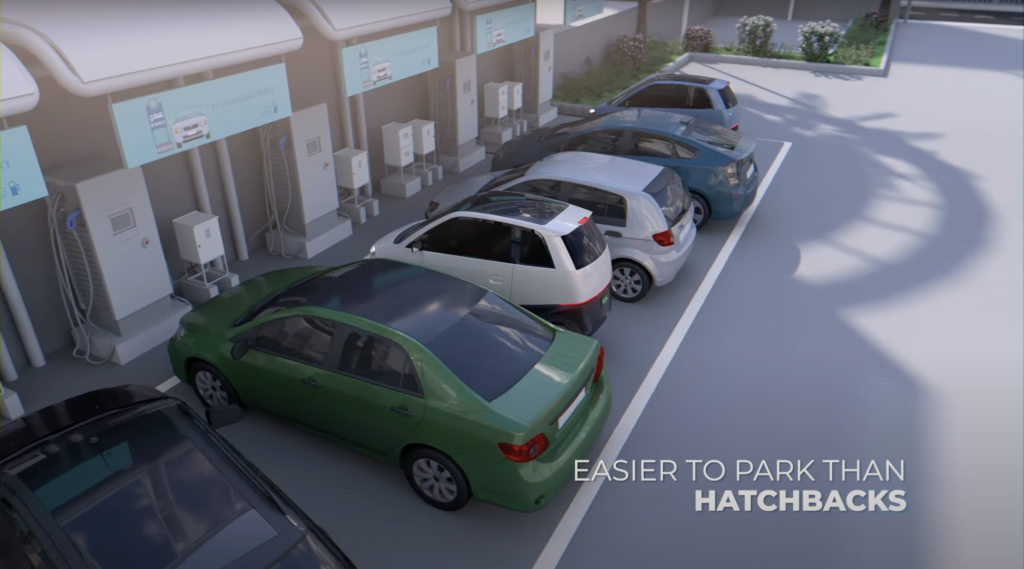
Vayve Mobility, MG Motor India, and Strom Motors are revolutionizing urban mobility with their innovative electric vehicles (EVs). These cars are specially designed for city driving and offer impressive ranges on a single charge. Vayve Mobility’s Eva is a solar-powered electric car that can drive up to 250 km and provides the option to cover up to 3000 km per year using solar charging. MG Motor India’s MG Comet EV has a certified range of 230 km, while Strom Motors’ Strom R3 offers a range of 200 km. MG’s Comet EV stands out with its compact hatchback design and safety features like a high-strength vehicle body, dual front airbags, and ABS + EBD. On the other hand, Strom R3 emphasizes affordability, convenience, and environmental consciousness, with a low mileage cost of just Rs 0.40 paise per kilometer. All three companies promote sustainability and make electric mobility accessible.
MG Motor India’s MG Comet EV embodies the brand’s commitment to electric and connected mobility, offering a stylish choice for urban commuters. As part of their goal to generate a significant portion of local sales from EVs, MG Motor India plans to launch two more EVs by the end of 2024. Strom Motors’ Strom R3 stands out with its cutting-edge technology, including a state-of-the-art Vehicle Control Unit and a 48V battery system. Certified by the Automotive Research Association of India, the R3 extends the lifespan of battery packs, making it a reliable and cost-effective choice for applications such as UPS storage.
Now, let’s examine the practical savings that customers in India can enjoy through the charging benefits of these EVs. Considering the average distance of 30 km for your daily commute, the cost for a 30 km trip using these EVs would range from Rs 12 to Rs 24. In contrast, an ICE vehicle would cost around Rs 300 for the same distance. Using an EV would result in significant savings. By opting for EVs, drivers can save approximately Rs 276 to Rs 288 per day, translating to monthly savings of Rs 8,280 to Rs 8,640. Over the course of a year, these savings amount to an impressive total of Rs 99,360 to Rs 1,03,680, which is nearly equivalent to the average quarterly salary of a software engineer in the city. These considerable cost savings highlight the financial advantage of choosing compact EVs over traditional fuel-powered vehicles.
Amidst the growing population and challenges encountered in Indian urban areas, the importance of efficient and sustainable urban mobility cannot be overstated. Japan’s remarkable example of promoting electric vehicles and integrating renewable energy sources sets a noteworthy benchmark for both India and other nations to follow. In India, startups and companies are leading the charge in revolutionizing urban mobility with their innovative electric vehicles, making sustainability accessible to a broader audience. The significant cost savings provided by EVs emphasize the advantages of opting for them over traditional fuel-powered vehicles. These companies are not only shaping the future of urban transportation in India but also paving the way for a greener and more interconnected city landscape.



